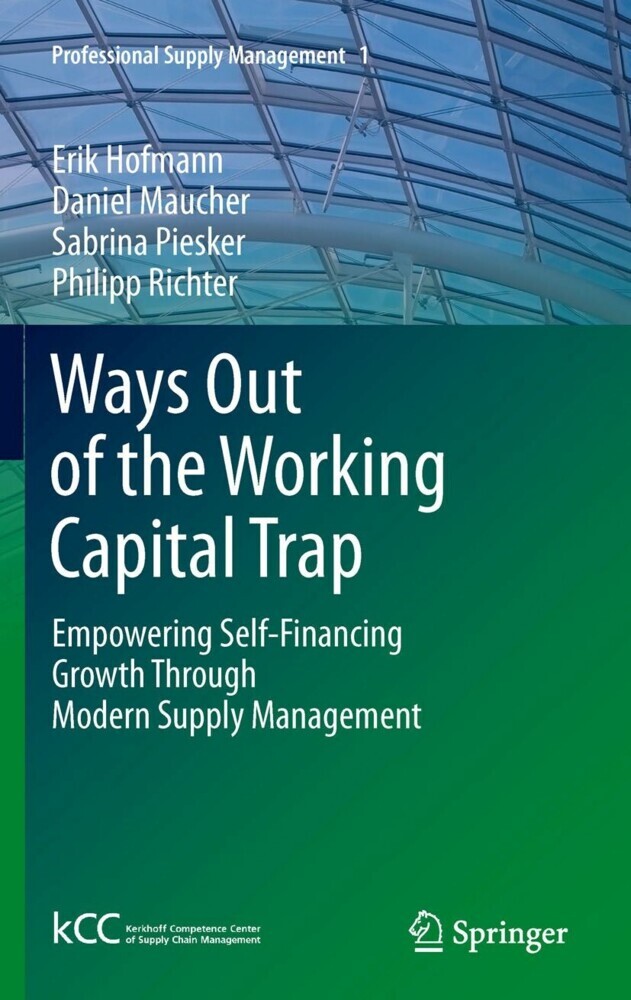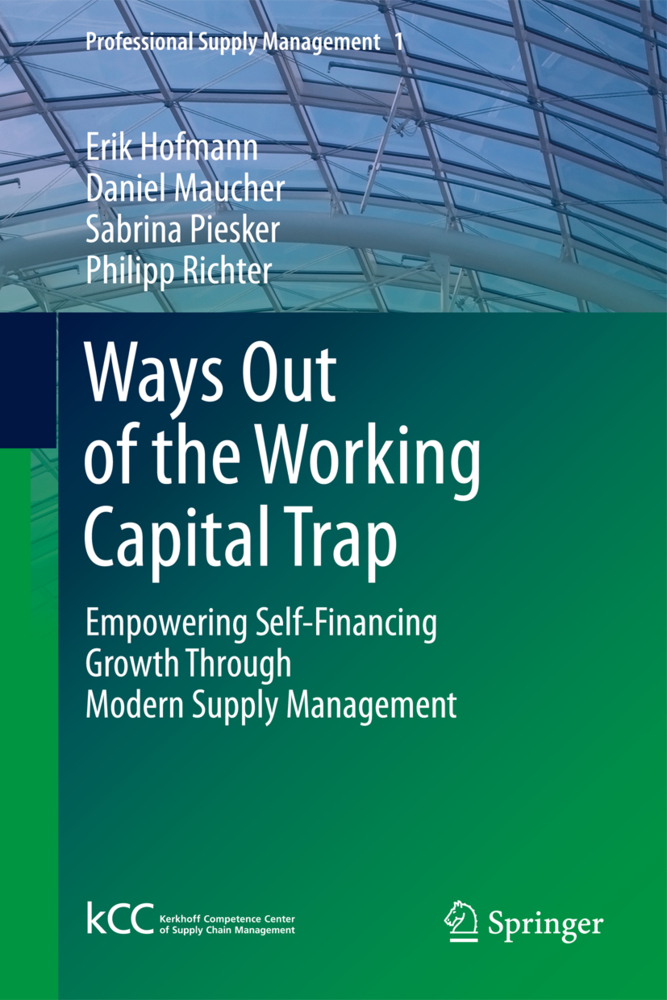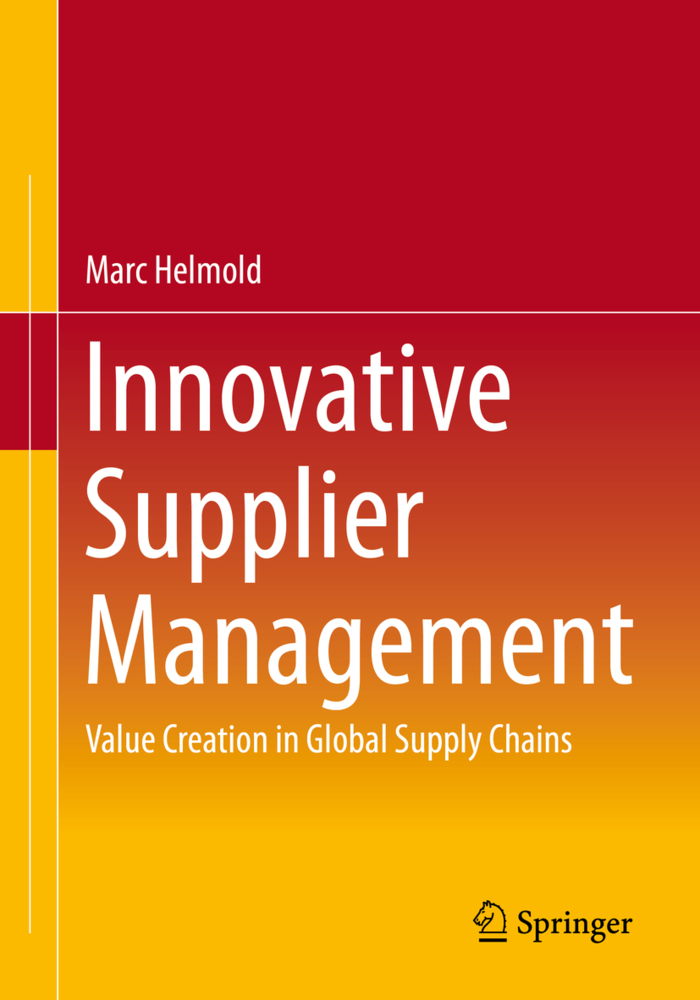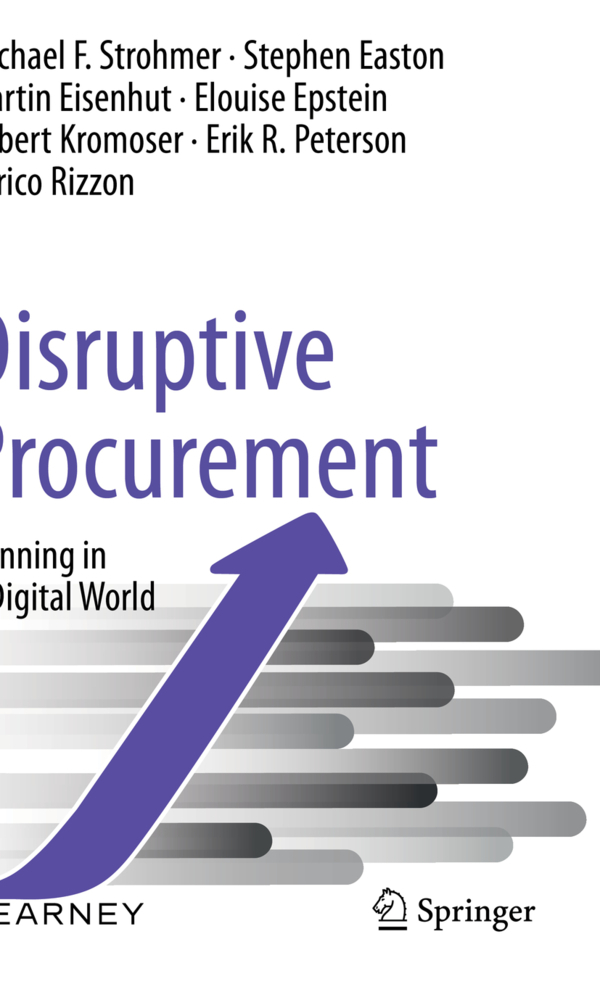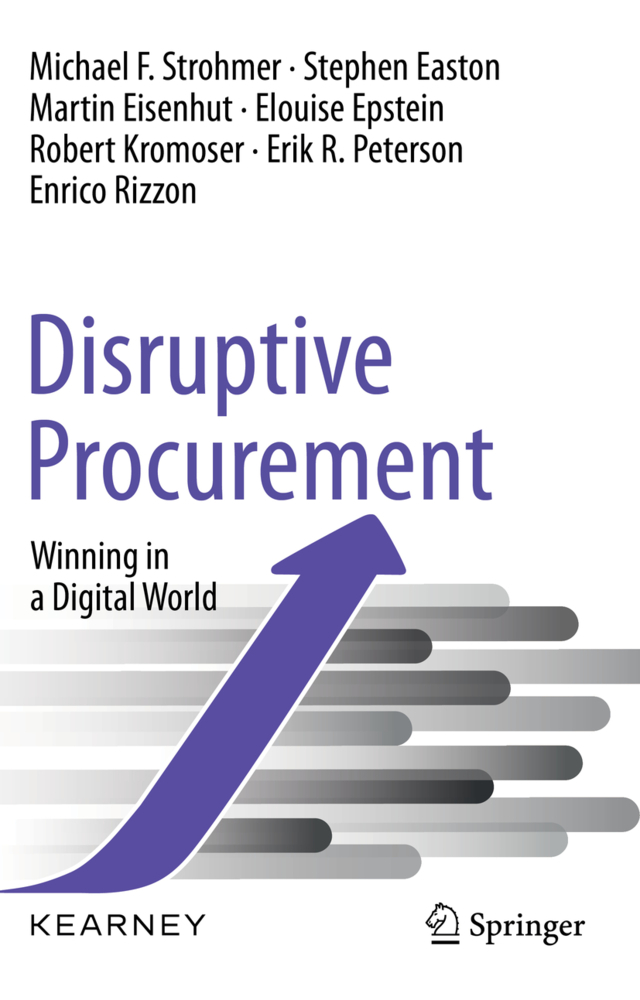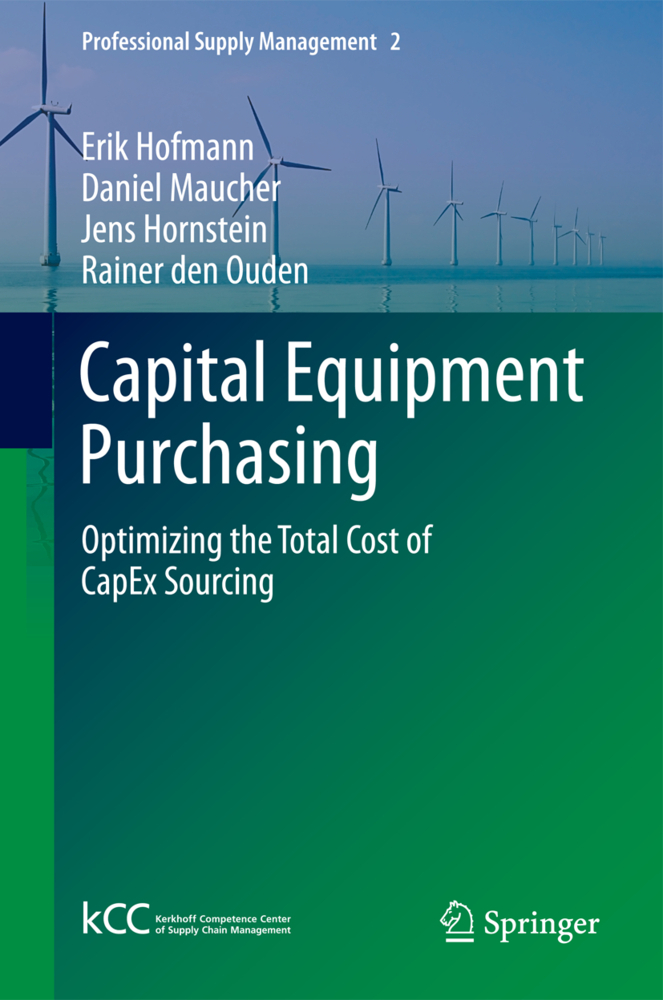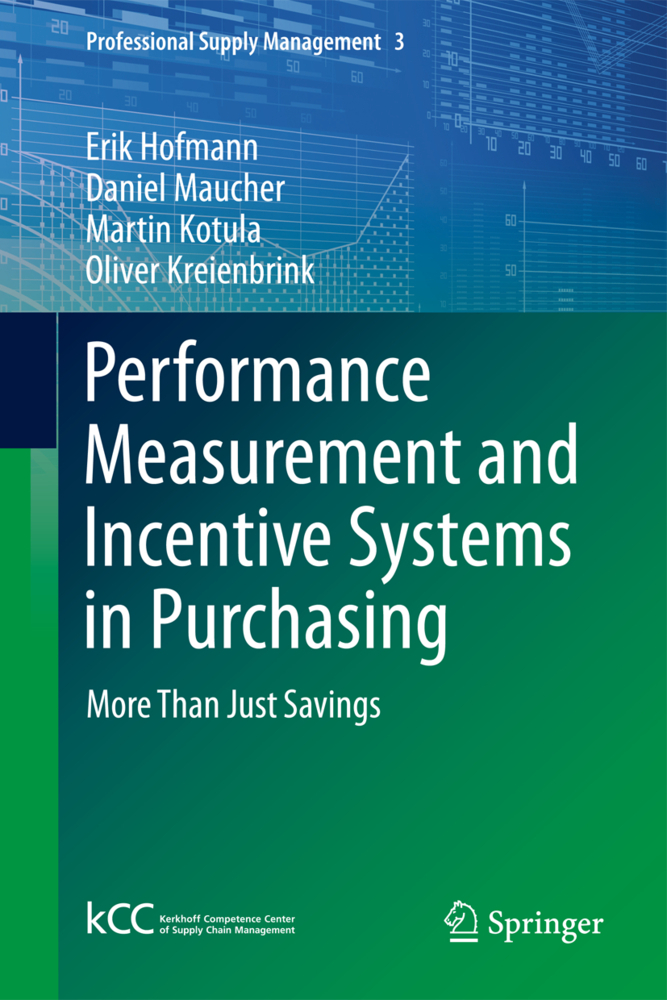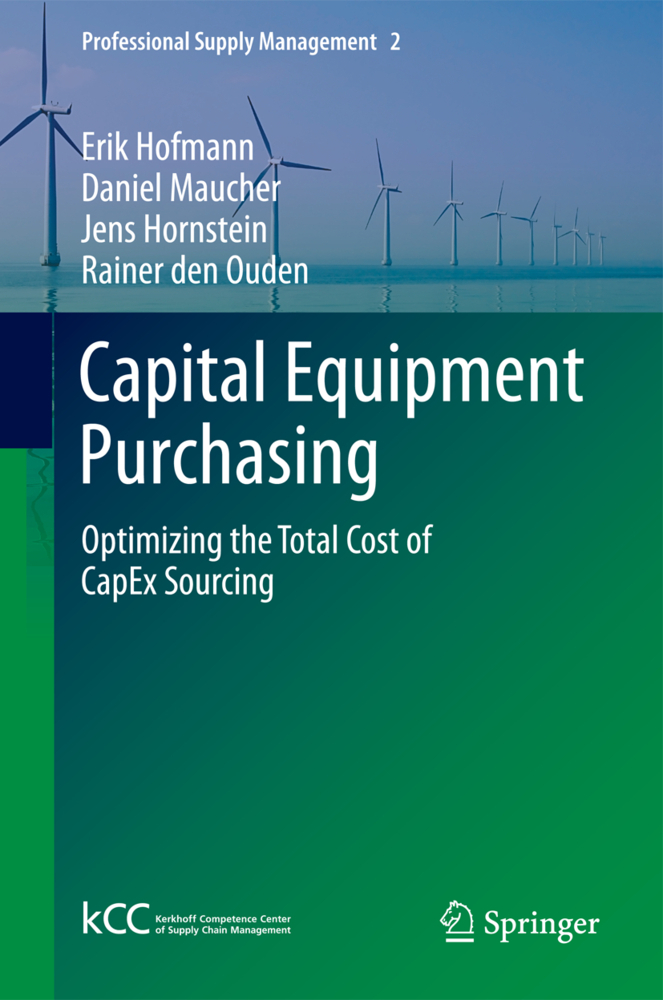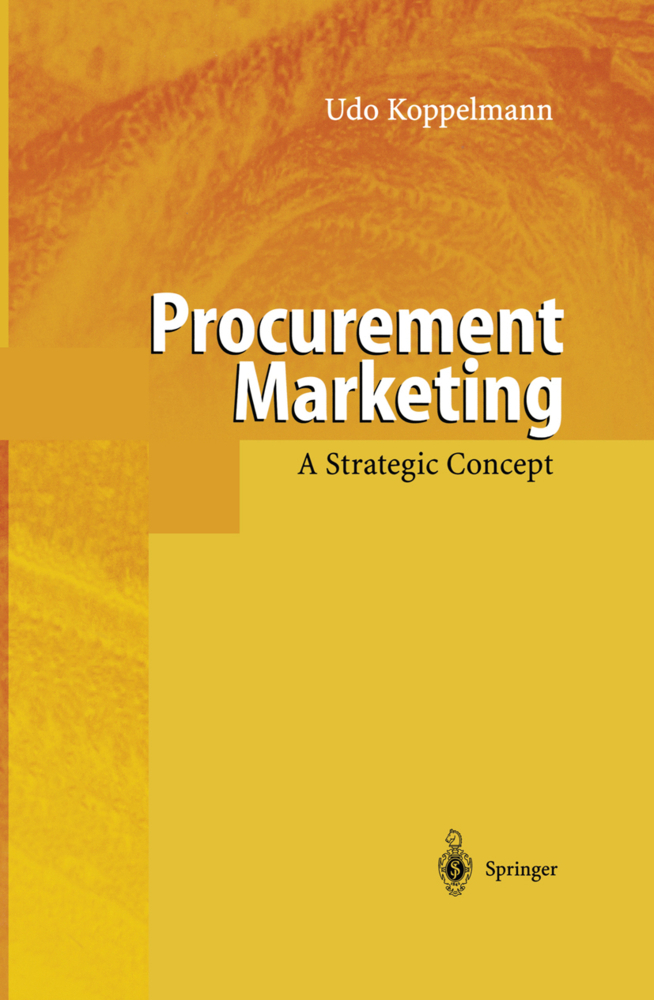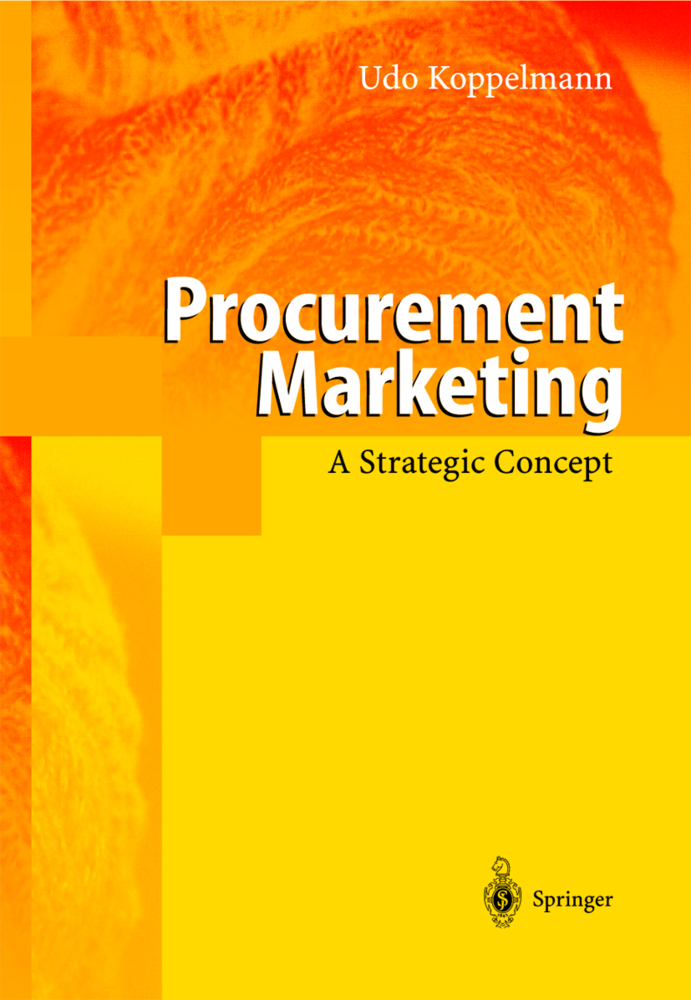Ways Out of the Working Capital Trap
Empowering Self-Financing Growth Through Modern Supply Management
Especially in times of an economic boom after a foregoing crisis, companies have to deal with the phenomenon of the "working capital trap". The "working capital trap" signifies a company's increasing need for financial liquidity in times of hindered access to debt capital, caused by the increasingly restrictive credit approval processes of financial institutions. As a consequence of cost savings this situation is often enforced by a low level of inventory.
This book picks that problem up and shows ways of escaping the "working capital trap" by identifying and strengthening in-house financing potential. First, different operating ratios will be introduced. These refer to the amount of capital committed to the flow of goods and to the possible amount of in-house financing. Thereafter, methods for consolidating in-house financing that are affected by procurement processes will be presented from the company's and the supply chain's perspective.
From a company s perspective, the methods for consolidating the amount of in-house financing cover the following topics: The Management of Payment Terms Inventory Management Product Group and Supplier Management
From a supply chain s perspective, the following methods for extending the possible amount of in-house financing will be discussed: Finance-oriented Supply Chain Sourcing Supply Chain-oriented Supplier Financing Collaborative Cash-to-Cash Management Collaborative Cash Pooling and Netting Supply Chain Financing Platforms
The conceptual models will be clarified using a practical example from the automobile industry. Finally, the "Procurement Value Added" (PVA©) will be presented, a concept that measures the contribution of procurement to the company s success.
This book picks that problem up and shows ways of escaping the "working capital trap" by identifying and strengthening in-house financing potential. First, different operating ratios will be introduced. These refer to the amount of capital committed to the flow of goods and to the possible amount of in-house financing. Thereafter, methods for consolidating in-house financing that are affected by procurement processes will be presented from the company's and the supply chain's perspective.
From a company s perspective, the methods for consolidating the amount of in-house financing cover the following topics: The Management of Payment Terms Inventory Management Product Group and Supplier Management
From a supply chain s perspective, the following methods for extending the possible amount of in-house financing will be discussed: Finance-oriented Supply Chain Sourcing Supply Chain-oriented Supplier Financing Collaborative Cash-to-Cash Management Collaborative Cash Pooling and Netting Supply Chain Financing Platforms
The conceptual models will be clarified using a practical example from the automobile industry. Finally, the "Procurement Value Added" (PVA©) will be presented, a concept that measures the contribution of procurement to the company s success.
Hofmann, Erik
Maucher, Daniel
Piesker, Sabrina
Richter, Philipp
| ISBN | 9783642172717 |
|---|---|
| Article number | 9783642172717 |
| Media type | eBook - PDF |
| Edition number | 2. Aufl. |
| Copyright year | 2011 |
| Publisher | Springer-Verlag |
| Length | 94 pages |
| Language | English |
| Copy protection | Digital watermarking |

